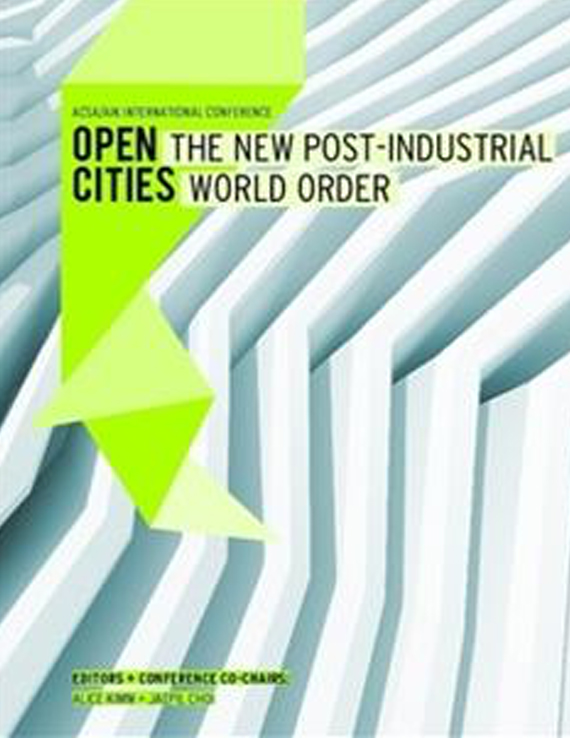Author(s): Jason R. Crow
“[P]eople in the Valley have coined a term for the weird, half-conscious expressionthat Google Glass wearers get on their faces when they are concentratingon doing things with the tiny little screen inside their glasses. Theycall it “glassed out,” which you would use in a sentence like: “Barry.” “Barry.”“BARRY!!!” Oh, nvm, he’s glassed out, that explains it, ok.” I love it. I love howit sounds so cyberpunky, so disturbingly druggy… Future starts now.”Given the ecstatic glee with which wearables—computational devices whichgather, process, coordinate and display information about our selves and the builtenvironment we navigate—were highlighted at this years Consumer ElectronicsShow (CES 2014), our connection to our future and the future of our cities—thepost-industrial, post-historical, global urbanity—has finally arrived.But, love it or hate it, Project Glass fails to create a novel experience of the city.The device’s promise of changing the world by knowing oneself, one’s place inthe world, or even of simply having a good time rings a bit hollow. There is nothingnew in being a glasshole, and even before Google’s augmented reality deviceshipped, it struck a nerve. Some sacred public trust has been violated. Glass expandsthe present to include future, but ironically, the future made present doesnot appear for the user. Being face to face with Glass makes our own catatoniaappear. Our global cities are already a failure.If Glass, the augmented reality device of the moment (well… at least until CES2014), fails to offer a new experience of self and city, it fails precisely because thefuture it is supposed to represent—the open and post-industrial one—has beenhere with us for some time. We are already glassed out, disturbingly drugged, butGlass is not cyberpunk.Vilem Flusser, the Czceh-born philosopher and media theorist, would have commentedthat despite its complexity Glass, and the vision of the city with which itcoincides, is functionally simple in a way that denies creativity and renders usersinto stultified idiots. Following Flusser’s intuition, this paper will first critique theopen city as a image, which glosses overs its prior mediated condition, and thenwill turn to an analysis of temporality in the work of photographer Adam Magyarto suggest how technology can be approached in functionally complex ways toopen up new experiences of the city.
Volume Editors
Alice Kimm & Jaepil Choi
ISBN
978-0-935502-91-6

 Study Architecture
Study Architecture  ProPEL
ProPEL 
